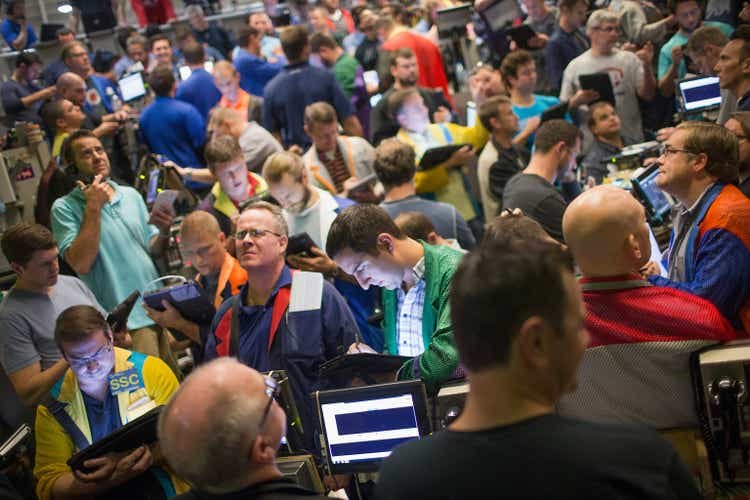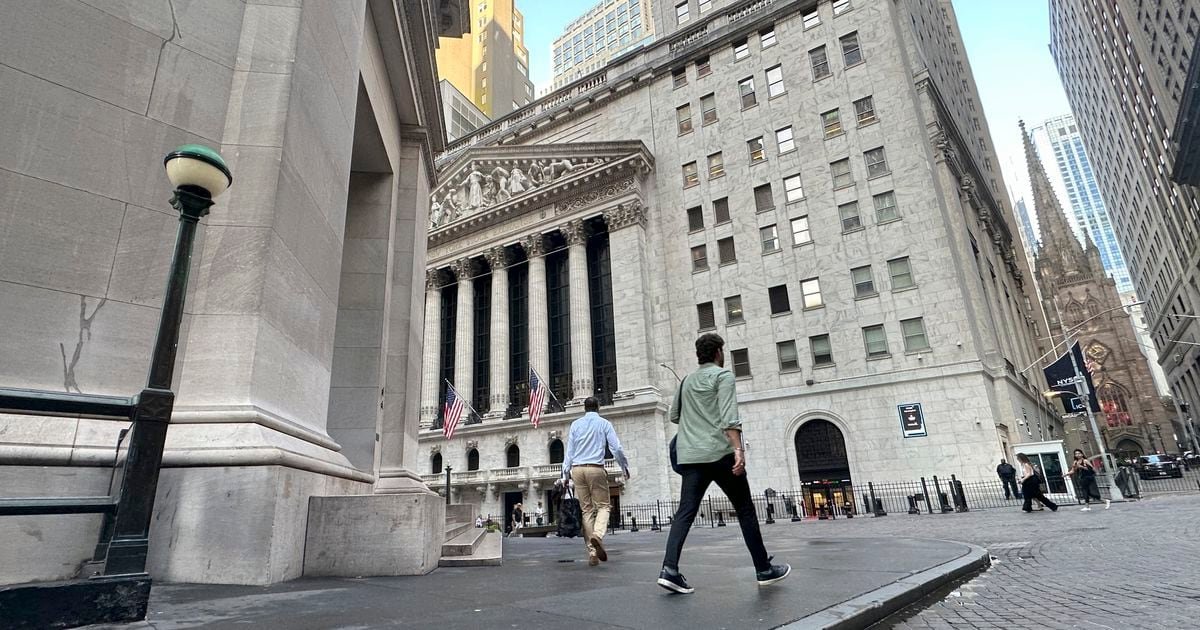For the moment, markets believe that there is enough pent-up demand that by lowering its key fed funds rate, which serves as a benchmark for borrowing rates in the rest of the economy, the Fed can spur businesses and consumers to increase purchases and investments, which in turn would translate into increased hiring.
Steve Sosnick, chief strategist at Interactive Brokers financial group, said in an email to NBC News that traders are thus far convinced that the Fed’s impulse will be to make financial conditions less restrictive, meaning it will be more inclined to take measures that stimulate the economy given lower risk of inflation.
“This rally feels like a bit of a sugar rush, but the longer and further that it persists, the more lasting it seems,” he said.
It’s already playing out in the homebuying market, where mortgage applications have increased for four consecutive weeks and six of the last seven as mortgage rates fell to their lowest level in two years — about 6.2% — in anticipation of the Fed’s move.
“The continued decline in mortgage rates is giving the mortgage market a much-needed boost,” Bob Broeksmit, the president and CEO of the Mortgage Bankers Association, said in a statement.
At the same time, a growing set of indicators suggest economic growth may have begun heading in the wrong direction.
While the unemployment rate ticked down in August to 4.2%, it has climbed in four of the last five months, a pace that often precedes recessions. Layoffs remain subdued — and on Thursday, weekly jobless claims came in lower than expected, but hiring has slowed dramatically, especially for many white-collar occupations.
The Fed itself believes unemployment may climb higher from here: In its latest Summary of Economic Projections, a majority of Fed officials indicated a greater risk and some uncertainty about rising joblessness going forward.
“The Fed has signaled a high sensitivity to labor-market weakness,” Nomura Holdings financial group said in a note to clients Thursday.
Other Wall Street analysts said that, going forward, more weaker-than-expected jobs data would likely push the Fed toward another half-percentage-point cut, which is more than where official forecasts currently stand.
The next report on the U.S. employment situation will be released Oct. 4.
While Powell described the risks of more inflation versus more unemployment as balanced, Bank of America economists said in a note published following Wednesday’s announcement that “we think they are more concerned about downside risks to the labor market than upside risks to inflation. That raises the risk that today’s [half-point] cut will not be a one and done.”
In other words, interest rates will have to fall further — and faster — to continue to support overall demand in the economy.
Rob Wile is a Pulitzer Prize-winning journalist covering breaking business stories for NBCNews.com.


















